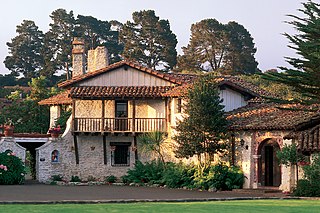
Monterey is a city in Monterey County on the southern edge of Monterey Bay on the U.S. state of California's Central Coast. Founded on June 3, 1770, Monterey was the second permanent settlement established by Spanish explorers in what is now California. It functioned as the capital of Alta California under both Spain (1804–1821) and Mexico (1822–1846). During this period, Monterey hosted California's first theater, public building, public library, publicly funded school, printing press, and newspaper. It was originally the only port of entry for all taxable goods in California. In 1846, during the Mexican–American War of 1846–1848, the United States Flag was raised over the Customs House. After Mexico ceded California to the U.S. at the end of the war, Monterey hosted California's first constitutional convention in 1849.

Carmel-by-the-Sea, commonly known simply as Carmel, is a town in Monterey County, California, located on the Central Coast of California. As of the 2020 census, the town had a population of 3,220, down from 3,722 at the 2010 census. Situated on the Monterey Peninsula, Carmel is a tourist destination, known for its natural scenery and artistic history.

Monterey State Historic Park is a historic state park in Monterey, California. It includes part or all of the Monterey Old Town Historic District, a historic district that includes 17 contributing buildings and was declared a National Historic Landmark in 1970. The grounds include California's first theatre, and the Monterey Custom House, where the American flag was first raised over California.

The Pacific Repertory Theatre, originally known as the GroveMont Theatre, is a non-profit year-round theatre company based in Carmel-by-the-Sea, California, United States. The company presents an annual season of ten to twelve productions, both stage plays and musicals.

The Forest Theater is an outdoor amphitheater in Carmel-by-the-Sea, California. Founded in 1910, it is one of the oldest outdoor theaters west of the Rocky Mountains. The performer and director Herbert Heron and author Mary Austin were founding forces. The facility also includes a smaller indoor theatre and a school.

Stephen Moorer is an American stage actor, director, and producer based on the Central California Coast. He founded the GroveMont Theatre in 1982, renaming the non-profit organization Pacific Repertory Theatre in 1994, when the group acquired the Golden Bough Playhouse in Carmel-by-the-Sea, California.
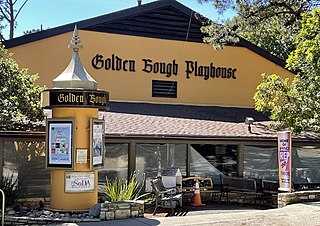
The Theatre of the Golden Bough also known as the Golden Bough Theatre, was built by Edward G. Kuster in 1924 on Ocean Avenue in Carmel-by-the-Sea, California. It was destroyed by fire on May 19, 1935. Kuster moved his film operation to the former Arts and Crafts Hall on Monte Verde Street, nearby in Carmel, which he had previously purchased. He renamed it the Filmarte, and it became the first art house between Los Angeles and San Francisco. In 1940, Kuster renamed the theater the Golden Bough Playhouse and presented plays and films year-round. In 1949, this second Golden Bough also burned down.
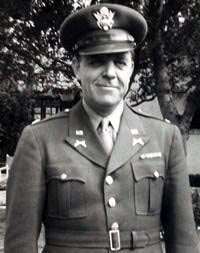
Lewis Byington Ford was a Monterey Peninsula real estate developer who developed Pebble Beach and Carmel Woods. Ford established the Carmel Valley Airport, the first airpark of its kind in the United States, and developed a nearby business district. He created the Carmel Realty Company, was a cartoonist, poloist, baseball player, coach in the Carmel Abalone League, and acted in and directed over 45 plays. Ford was involved in the social circle and society of Monterey Peninsula.
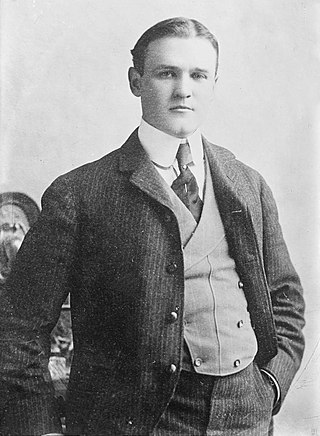
Harry Leon Wilson was an American novelist and dramatist best known for his novels Ruggles of Red Gap and Merton of the Movies. Another of his works, Bunker Bean, helped popularize the term "flapper".

Robert Stanton (1900-1983) was an American architect. A resident of Carmel-by-the-Sea, California, he practiced primarily in the central California coastal region, and was responsible for a variety of eclectic buildings, most notably the Monterey County Court House and the King City Joint Union High School Auditorium, both listed on the National Register of Historic Places. He worked closely with sculptor Joseph Jacinto Mora on several of his projects.
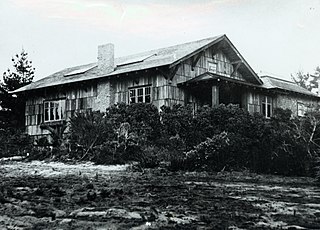
The Carmel Arts and Crafts Club was an art gallery, theatre and clubhouse founded in 1905, by Elsie Allen, a former art instructor for Wellesley College.

Herbert "Bert" Heron was an American writer, actor, producer and mayor. Heron is best known for founding the Forest Theater in 1910. He was the mayor of Carmel-by-the-Sea, California, for two terms in the 1930s. He lived in Carmel for 62 years.
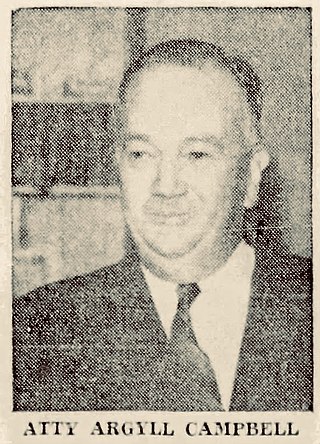
Argyll Campbell was city attorney for Carmel-by-the-Sea, California from 1920 to 1937. He was former chairman of the California Democratic Party to elect governor Culbert Olson.

Edward Gerhard Kuster was a musician and attorney from Los Angeles for twenty-one years before coming to Carmel-by-the-Sea, California, in 1921. He became involved in theater there and established his own theatre and school. He built the Theatre of the Golden Bough in 1924, and a second and third theater, each called Golden Bough Playhouse, the last of which opened in 1952. Kuster directed 85 plays and acted in more than 50 roles in the 35 years he lived in Carmel.

Charles King Van Riper was an American newspaperman, writer, and playwright, best known for writing short stories for nationally circulated magazines, and as the founder of the Abalone League, the first organized softball league in the Western United States. He went on to build a successful ship-model shop and showroom in Vineyard Haven, Massachusetts. 285 of his ship models and archival materials are now part of the South Street Seaport Museum.
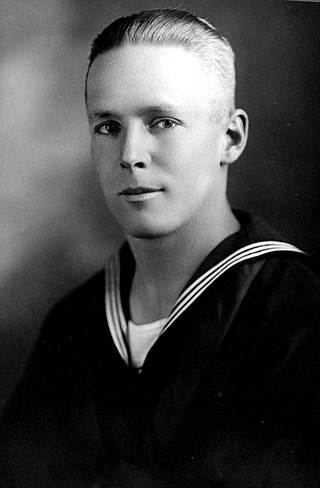
Ernest Seraphin Schweninger was an American actor, realtor, and grocer in Carmel-by-the-Sea, California. He became owner of Carmel's first Bakery and the Schweninger's Grocery Store. Schweninger was a founding member of the Carmel American Legion Post No. 512 and the Abalone League. He appeared in many of the early plays at the Forest Theater and Theatre of the Golden Bough. He became a partner and sales manager for the Carmel Land Company that helped develop Hatton Fields, southeast of Carmel-by-the-Sea.

August "Gus" Englund was an American chief of police of Monterey, California, who served as Carmel-by-the-Sea's first police chief at the one-man police department for nearly 20 years.

Hazel Watrous was an American writer who was co-founder of Denny-Watrous Management. The company presented performances in Carmel-by-the-Sea, California. She and Dene Denny played roles in founding the Carmel Music Society, the Carmel Bach Festival, and Monterey's First Theater. They hosted musical concerts and lectures from their home. In addition, they established the Denny-Watrous Gallery.
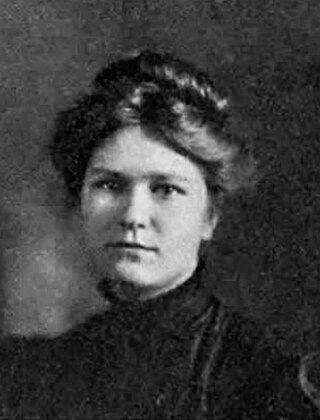
Dene Denny was an American musical theater producer who, along with co-founder Hazel Watrous, established the Denny-Watrous Management. They played pivotal roles in the founding of the Carmel Music Society, the Carmel Bach Festival, and Monterey's First Theater. Their residence, the Denny-Watrous Studio , served as a hub for hosting musical concerts and lectures.























